 About this trip
About this trip
The Machhapuchhre Base Camp Trek represents a perfect balance of natural splendor and cultural immersion, offering a less crowded alternative to some of Nepal's more famous treks while delivering equally breathtaking experiences.
As you ascend through the Modi Khola valley, the landscape transforms dramatically. The trail begins among terraced rice fields and picturesque villages, with cascading waterfalls and lush vegetation. Gradually, the terrain shifts to moss-covered forests and eventually opens to alpine meadows and glacial moraines as you approach the higher elevations. Each day brings increasingly impressive views, with Machhapuchhre's iconic peak commanding attention throughout the journey.
The cultural aspect of the trek is equally enriching. The Gurung people, known for their hospitality and rich traditions, welcome trekkers into their villages with genuine warmth. Stone-built settlements with distinctive architecture offer glimpses into a mountain lifestyle that has maintained its authenticity despite growing tourism in the region.
Physically, the trek presents moderate challenges with steep ascents and the effects of increasing altitude. However, the well-designed itinerary includes acclimatization days that allow trekkers to adjust gradually, making this adventure accessible to those with reasonable fitness levels. The profound sense of achievement upon reaching Machhapuchhre Base Camp, standing in a natural amphitheater surrounded by Himalayan giants, creates memories that endure long after returning home.
Throughout the journey, connections formed with fellow trekkers, guides, and porters add another dimension to the experience. Evenings spent in cozy teahouses, sharing meals and stories around wood-burning stoves, foster a camaraderie that enhances the overall adventure.
The Machhapuchhre Base Camp Trek represents a perfect balance of natural splendor and cultural immersion, offering a less crowded alternative to some of Nepal's more famous treks while delivering equally breathtaking experiences.
As you ascend through the Modi Khola valley, the landscape transforms dramatically. The trail begins among terraced rice fields and picturesque villages, with cascading waterfalls and lush vegetation. Gradually, the terrain shifts to moss-covered forests and eventually opens to alpine meadows and glacial moraines as you approach the higher elevations. Each day brings increasingly impressive views, with Machhapuchhre's iconic peak commanding attention throughout the journey.
The cultural aspect of the trek is equally enriching. The Gurung people, known for their hospitality and rich traditions, welcome trekkers into their villages with genuine warmth. Stone-built settlements with distinctive architecture offer glimpses into a mountain lifestyle that has maintained its authenticity despite growing tourism in the region.
Physically, the trek presents moderate challenges with steep ascents and the effects of increasing altitude. However, the well-designed itinerary includes acclimatization days that allow trekkers to adjust gradually, making this adventure accessible to those with reasonable fitness levels. The profound sense of achievement upon reaching Machhapuchhre Base Camp, standing in a natural amphitheater surrounded by Himalayan giants, creates memories that endure long after returning home.
Throughout the journey, connections formed with fellow trekkers, guides, and porters add another dimension to the experience. Evenings spent in cozy teahouses, sharing meals and stories around wood-burning stoves, foster a camaraderie that enhances the overall adventure.
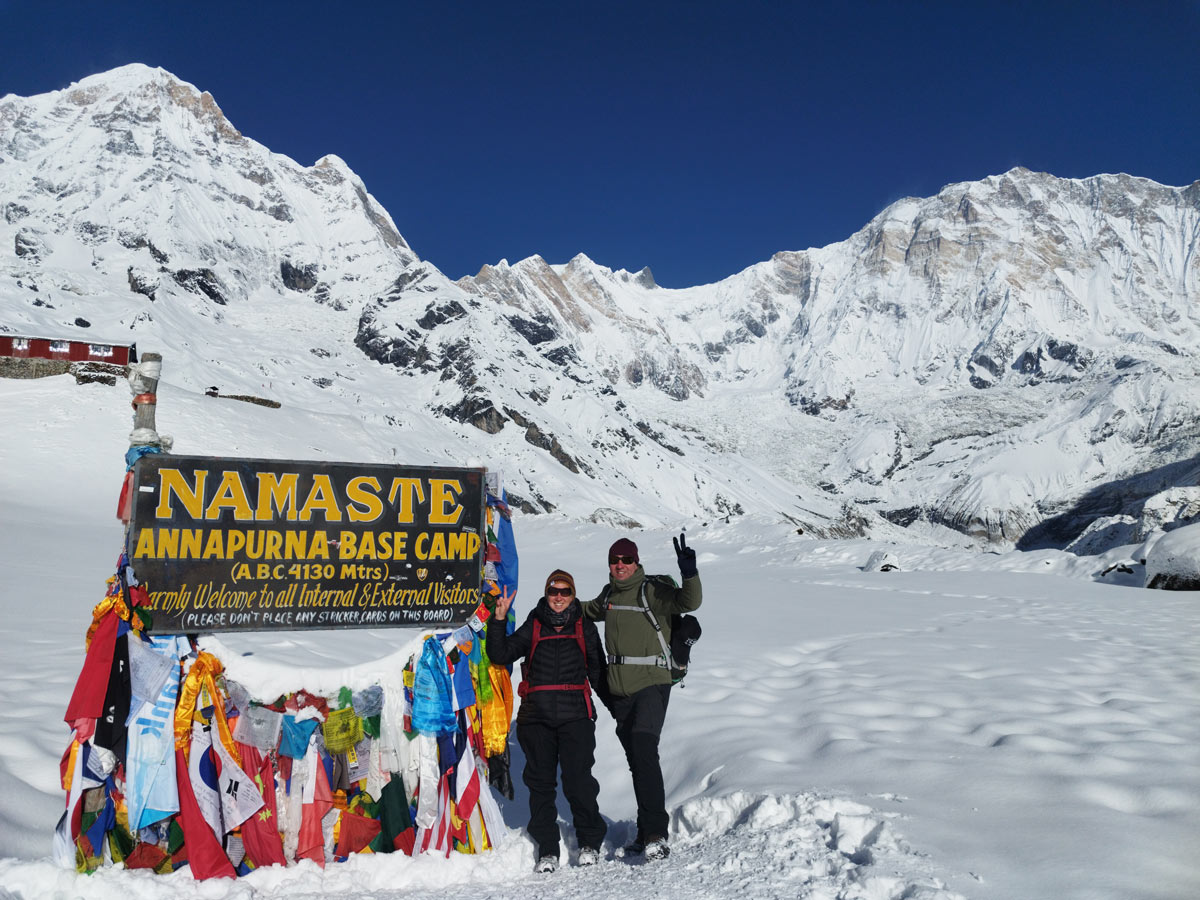
From $1,700
$2,100
Price Varies from Group Size
Success
Here goes about why the success toast occurred.
 Itinerary
Itinerary
Arrival in Pokhara (820m)
Pokhara to Nayapul (1,070m) to Tikhedhunga (1,540m)
Tikhedhunga to Ghorepani (2,860m)
Your Accomodations
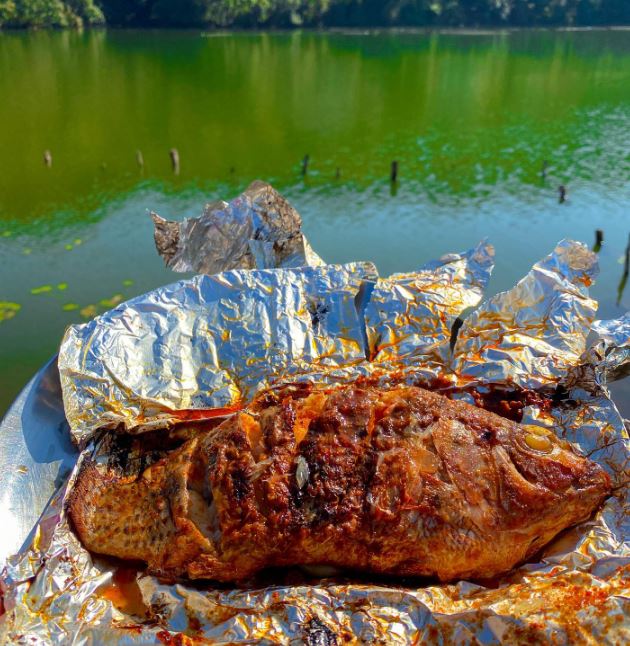
Lake View
Dwarika’s Hotel in Kathmandu is a landmark of luxury that combines Nepal’s rich cultural...
View in DetailAttractions
Ghorepani to Poon Hill (3,210m) to Tadapani (2,630m)
Tadapani to Chhomrong (2,170m)
Chhomrong to Bamboo (2,310m)
Bamboo to Deurali (3,230m)
Deurali to Machhapuchhre Base Camp (3,700m)
Machhapuchhre Base Camp to Annapurna Base Camp (4,130m) and back to MBC
Machhapuchhre Base Camp to Bamboo (2,310m)
Bamboo to Jhinu Danda (1,780m)
Jhinu Danda to Nayapul (1,070m) to Pokhara (820m)
Departure from Pokhara
 Services
Services
Includes
- Specialized bilingual guide
- Private Transport
- Entrance fees (Cable and car and Moon Valley)
- Box lunch water, banana apple and chocolate
- Round-trip airport transfers and local transportation as outlined
- Three daily meals on the trek: breakfast, lunch, and dinner
- Services of an experienced guide and porter during the trek
- All essential trekking permits, including national park fees
- Accommodation throughout the trek (lodges, guesthouses, and tea houses)
Excludes
- Additional Services
- Gratuities for the guides, porters, and trekking support staff
- Additional accommodation due to unexpected delays or changes
- Comprehensive travel and medical insurance for the trip
- Gratuities for the guides, porters, and trekking support staff
- International flights and entry visa fees for Nepal
- Personal trekking equipment and gear (sleeping bags, jackets, etc.)
- Food and drinks
Have any question?
Contact UsPlan my trip
Plan my Trip
 Good to know
Good to know
Train 2-3 months in advance with cardio and hill walking, acclimatize properly to avoid altitude issues, pack layered clothing for variable temperatures, respect local customs when photographing people, and carry small Nepalese rupees as ATMs are unavailable on the trek and costs increase with altitude.
Wildlife Encounters
While trekking, keep an eye out for: Himalayan langurs in forested regions, Barking deer and mountain goats, Numerous bird species including Danphe (Nepal's national bird), Colorful butterflies in lower elevations, Various high-altitude birds including griffon vultures and eagles
 Reviews
Reviews
 FAQs (Frequently Asked Questions)
FAQs (Frequently Asked Questions)
Your queries are answered.
Do I need trekking experience?
Prior trekking experience is helpful but not essential. Regular exercise and cardio training for 2-3 months before the trek is recommended to fully enjoy the experience.
What is the best time of year for this trek?
March-May (spring) and September-November (autumn) offer the best conditions. Spring features blooming rhododendrons, while autumn typically has clearer mountain views.
How do I prevent altitude sickness?
Follow the itinerary's gradual ascent profile, stay well-hydrated, avoid alcohol, and inform your guide immediately of any symptoms like headache or nausea.
What type of accommodation can I expect?
Teahouses provide basic accommodation with twin beds, communal dining areas, and shared bathroom facilities. The higher you go, the more basic the amenities become.
Is it possible to shower during the trek?
Hot showers are available at most teahouses for an additional fee, but become less common and more expensive at higher elevations.
How reliable is the Wi-Fi and phone connectivity?
WiFi is available in some teahouses up to Chhomrong for a fee, but becomes unavailable beyond. Local SIM cards with data work in lower regions but not at higher elevations.
Can dietary restrictions be accommodated?
Vegetarian diets are easily accommodated, but vegan or gluten-free diets may be challenging. Consider bringing supplementary food items for specialized dietary needs.
How much should I budget for the trek?
Beyond the package cost, budget approximately $10-20 per day for additional snacks, drinks, hot showers, WiFi, and charging facilities. Prices increase with altitude.
How much should I tip the guides and porters?
Tipping is customary and appreciated. A general guideline is $8-12 per day for guides and $5-7 per day for porters, typically given at the end of the trek.
Why Uncover Nepal
Machapuchhre Base Camp Trek
from $1,700 per adult
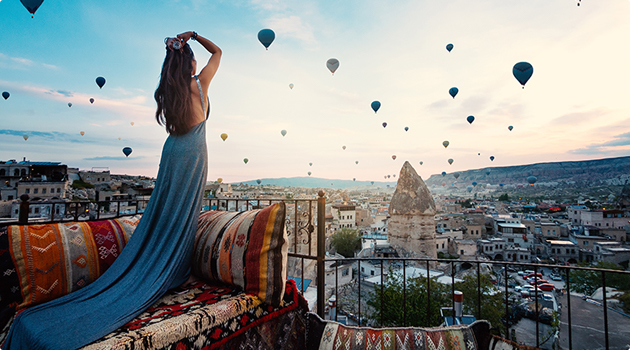



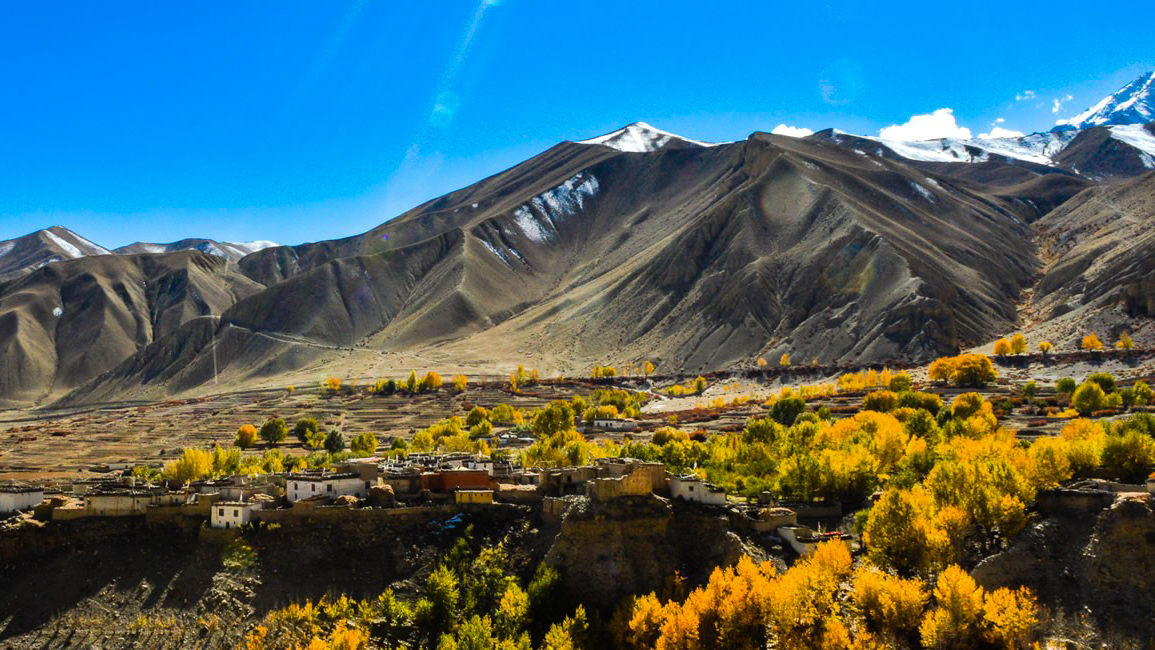
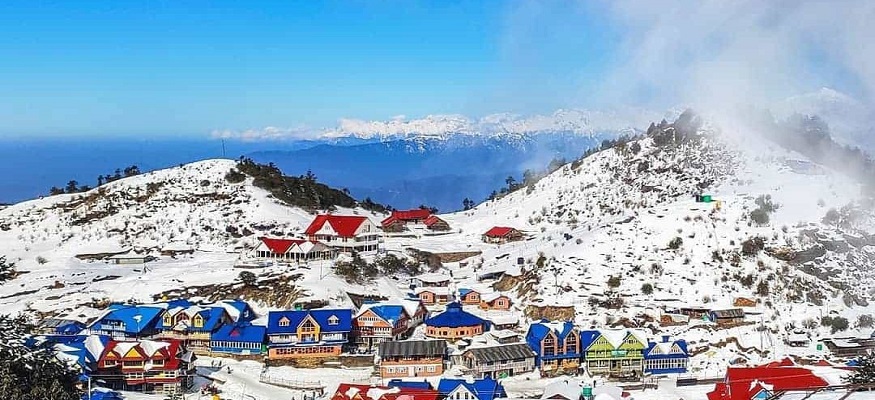

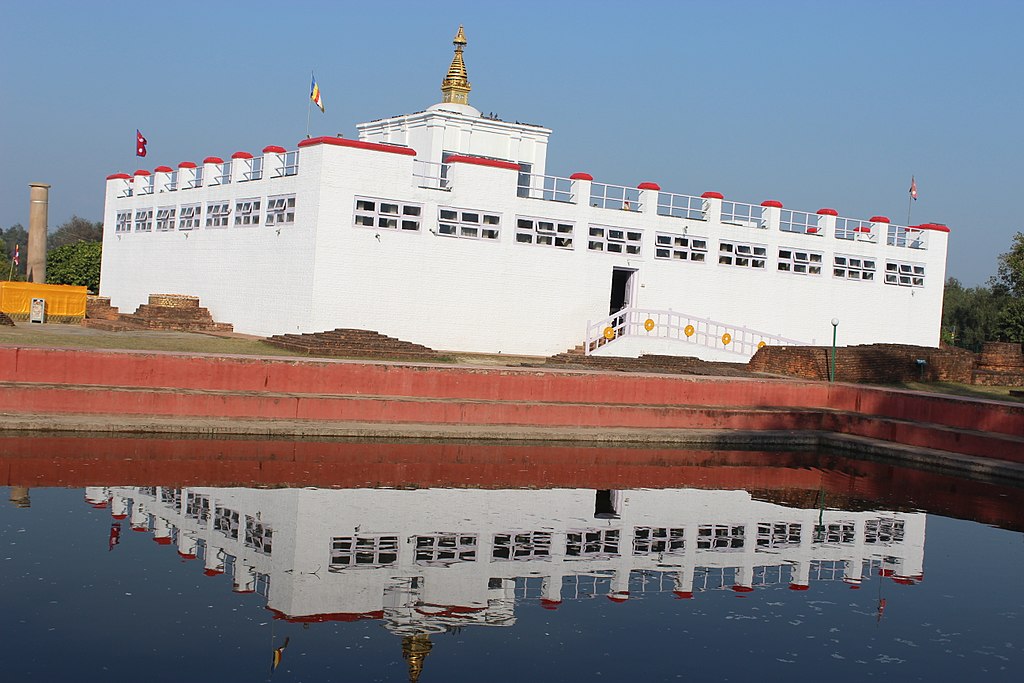

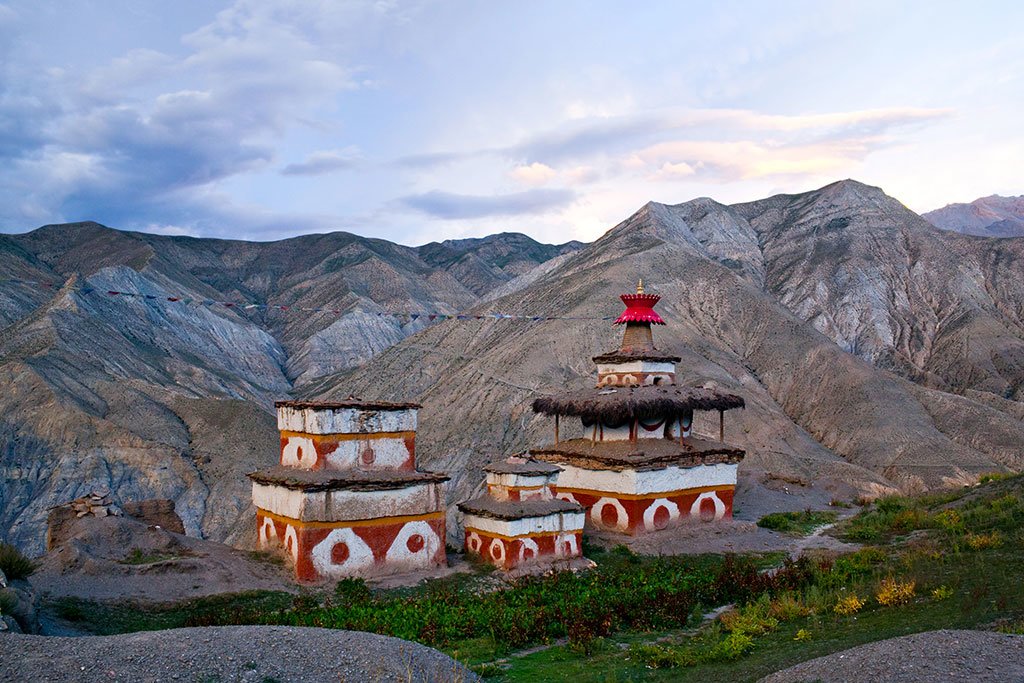

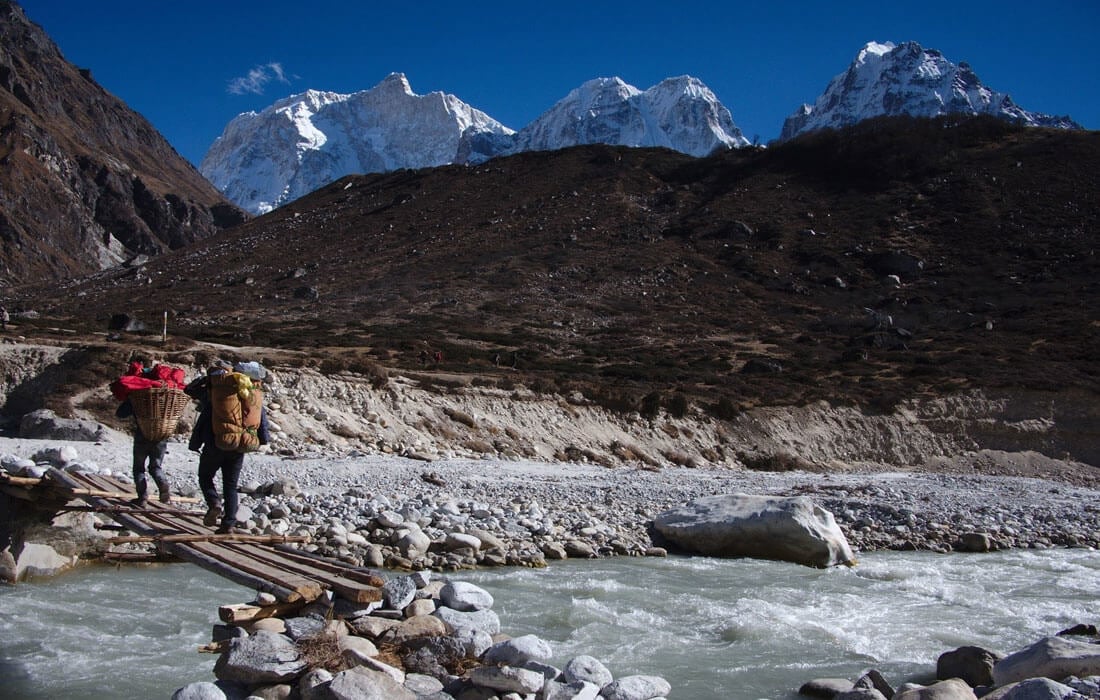










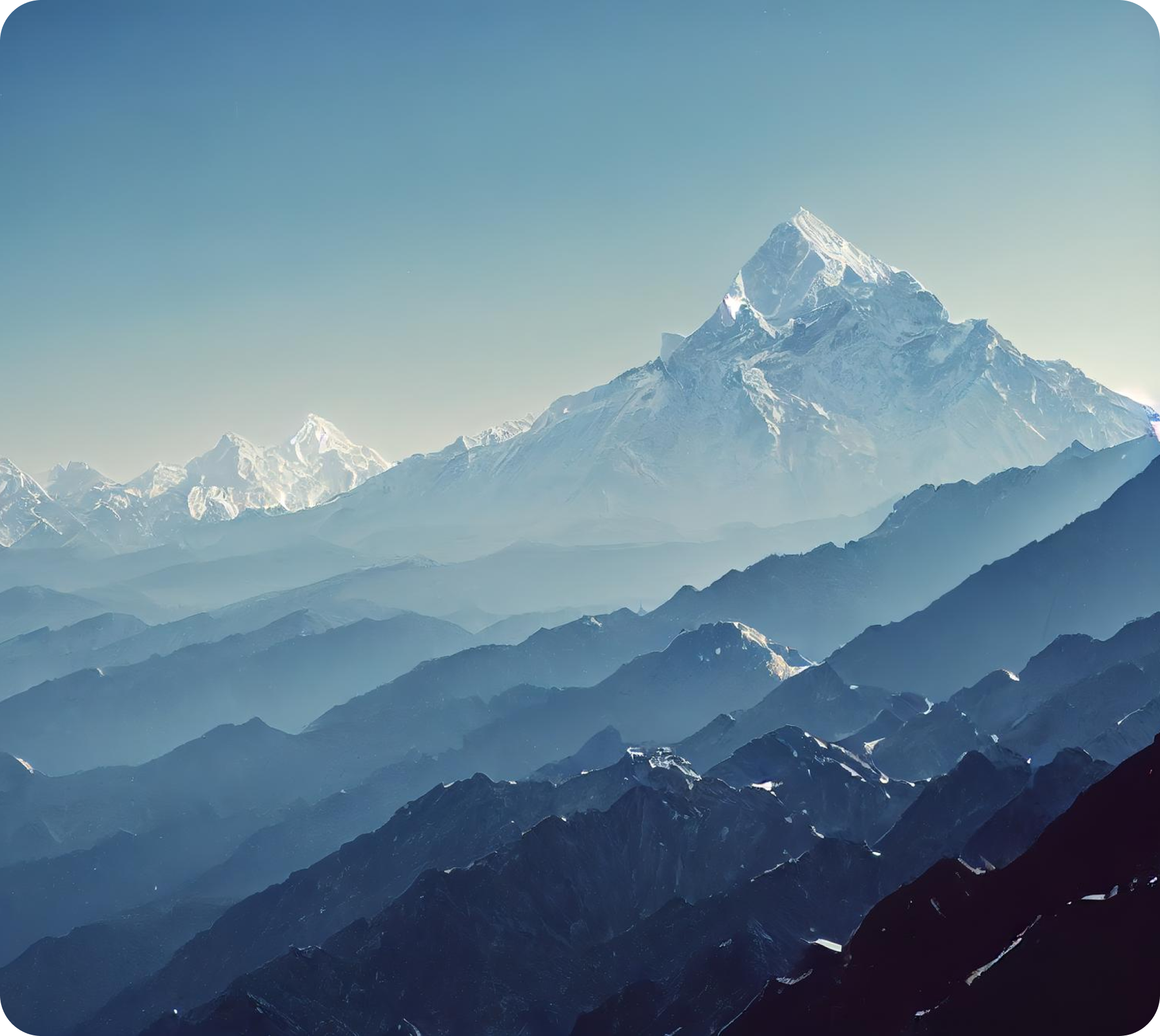
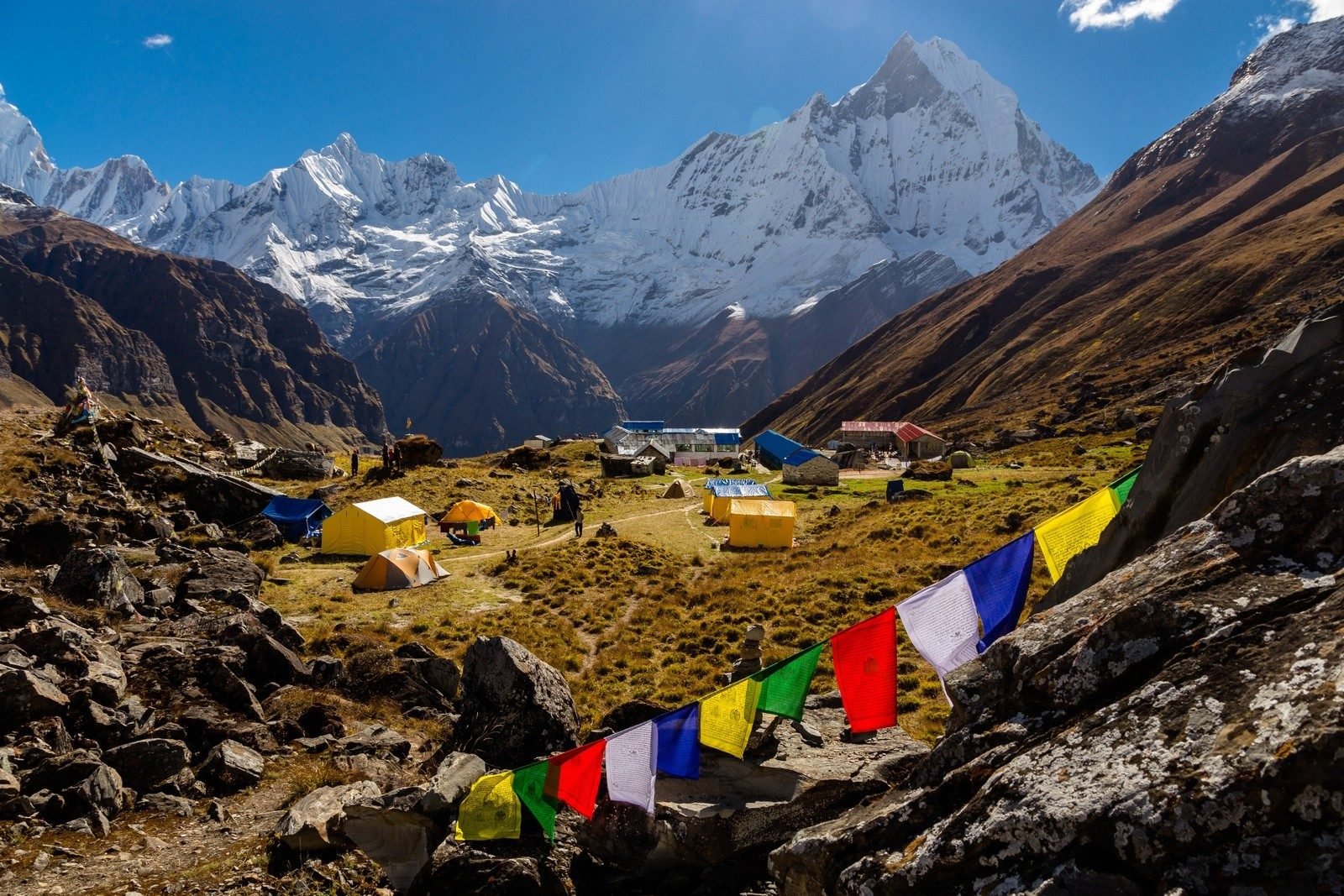

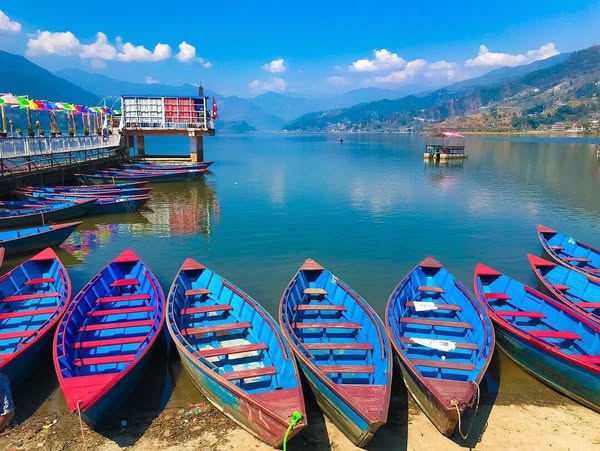
 Related Tour
Related Tour


